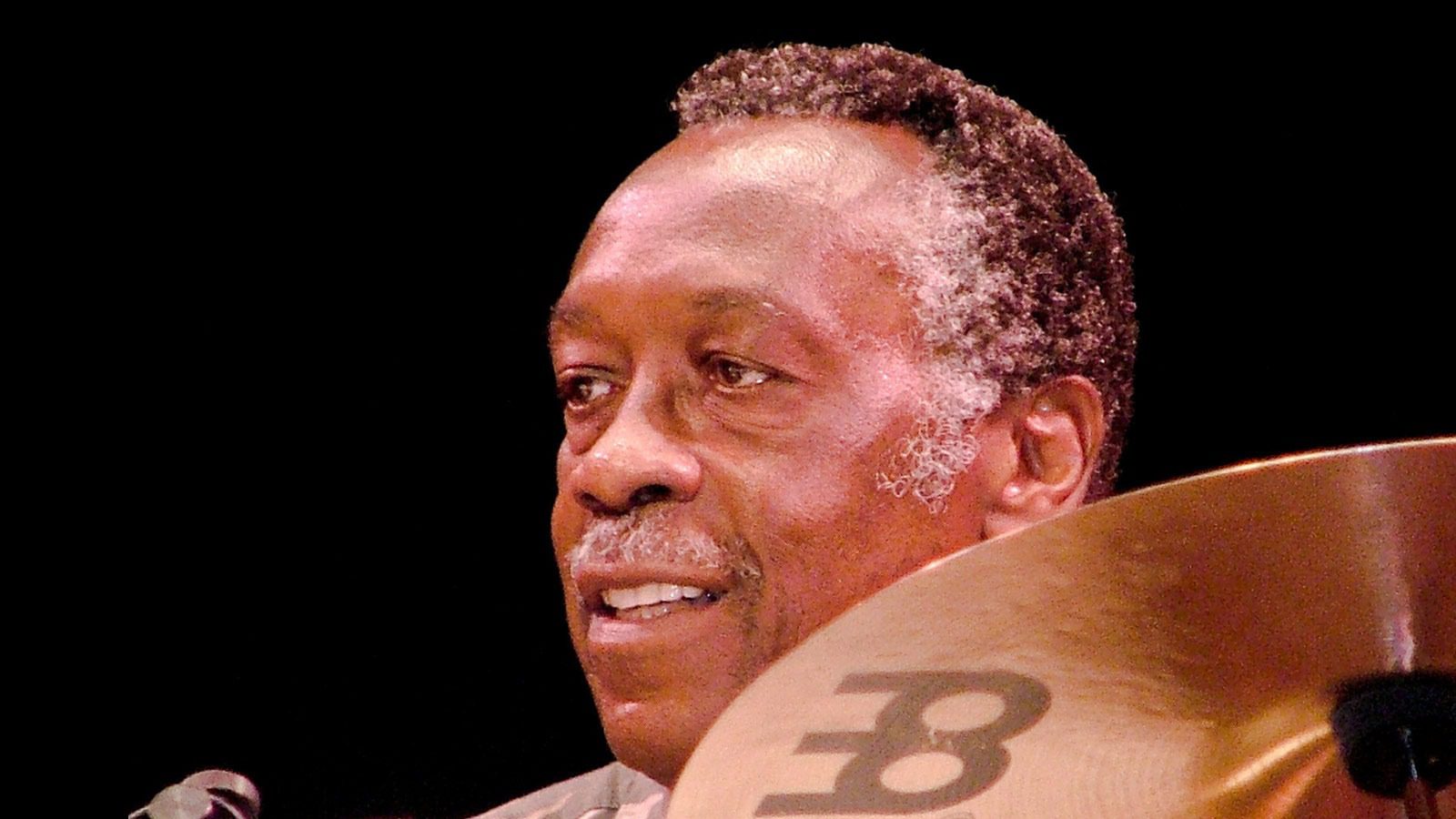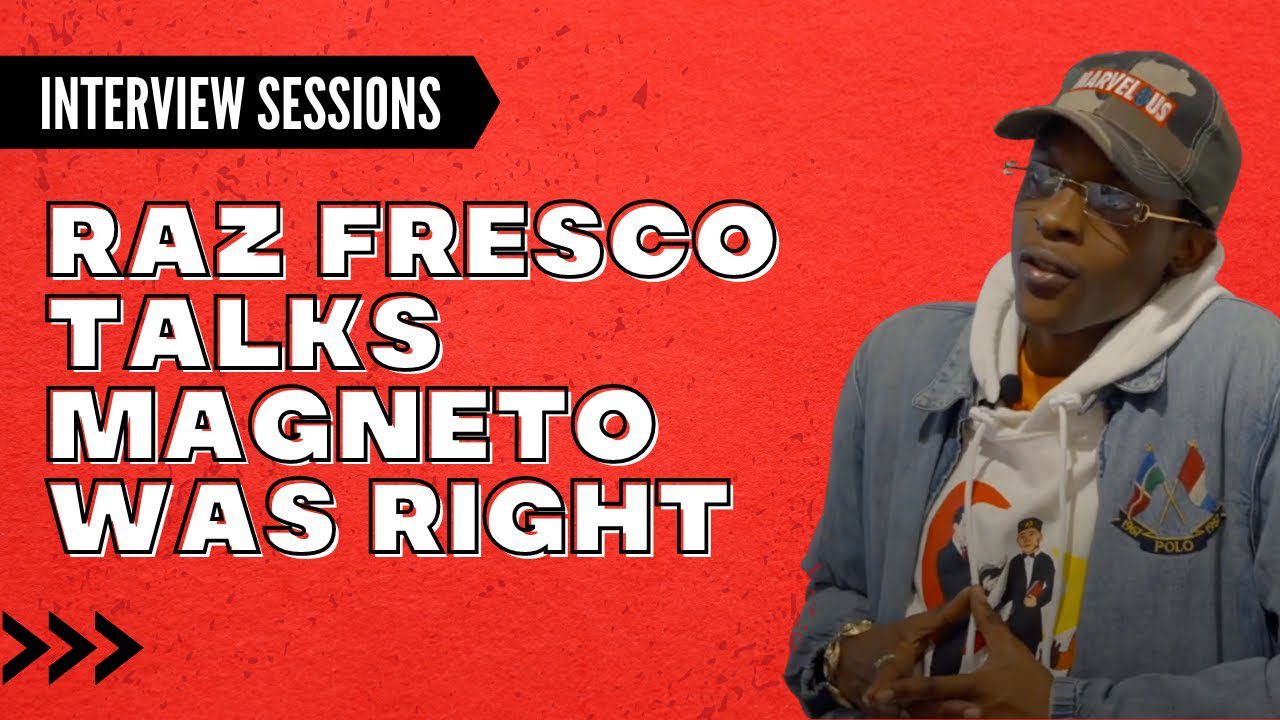This story was originally re-published in HipHopCanada on September 23, 2021.
James Brown released a seven-inch single called Funky Drummer in March, 1970 – a loosely arranged jam session showcasing the talent for improvisation of drummer Clyde Stubblefield, who was employed in Brown’s band at the time.
Although it failed to crack the top 50 pop charts on release, Funky Drummer was rediscovered in the 1980s by a generation of pioneering hip-hop artists. These have included Kool Moe Dee, Grandmaster Flash, Eric B. & Rakim, Run DMC, LL Cool J, Public Enemy, and the Beastie Boys – who all sampled Stubblefield’s infectious drum break.
The Funky Drummer breakbeat soon spread far beyond hip-hop, appearing on well over 1,000 recordings by pop artists ranging from George Michael and Sinead O’Connor in the 1990s right up to Emeli Sandé and Ed Sheeran in the past decade.
Funky Drummer is one of the most sampled drum breaks of all time – and also one of the most discussed (including in my new book, Kick It: A Social History of the Drum Kit). It’s also a prime example of how copyright law has historically failed to compensate drummers. Stubblefield famously never received any royalties from all the hits his drum break was used on.
James Brown typically paid his musicians on a “work-for-hire” basis for recording sessions, and generally credited himself as the sole author of the resulting songs. This was the case even if the music was largely improvised, as in the case of Funky Drummer. It was also in keeping with copyright law conventions at the time, which usually recognized the legal author of a musical composition as the person who wrote the topline melody and lyrics.
Anchor for a new sound
Funky Drummer has various musical elements: simple repeating horn and guitar riffs, a syncopated wandering bass line, occasional instrumental solos on organ and saxophone, as well as vocal improvisations by Brown. We also hear Stubblefield’s performance underpinning the jam session, including the glorious moment when Brown orders the band to drop out while Stubblefield keeps drumming his highly inventive groove unaccompanied – the isolated drum “break” that hip-hop artists love to sample.
But Brown would have deemed all the above musical elements as insignificant compared to his own role as the artistic leader and frontman – this wasn’t necessarily fair, but neither was it uncommon. Ringo Starr did not receive co-writing credits for his drumming contributions on Beatles songs, for example, even though his drum parts have often been retrospectively deemed by musical peers to constitute a distinct compositional element of the band’s work.
Five decades on, in a pop soundscape utterly transformed by hip-hop culture, we now tend to recognize just how important a compelling drum beat is in making a chart hit. Most commercially successful music in the 21st century is anchored by the sounds of the kick drum, snare and cymbals (or electronic percussion serving similar functions).
You can now point to plenty of contemporary chart hits that don’t feature an electric guitar, but there are almost none that don’t prominently feature a beat between kick and snare – whether acoustic, sampled or synthesized.
In the hit factories of the present day, the most successful pop artists often bring in producers who have gained reputations by creating alluring beats. They often receive a formal share in songwriting credits as “co-writers” and “producers”.
We also live in an era when it is increasingly expensive to gain legal permission to sample drum breaks from rights holders (usually songwriters and/or record companies, as opposed to drummers).
This has led to a relatively hidden ancillary industry of “sample replay” companies that are hired to painstakingly rerecord well-known drum breaks (and other parts from guitar riffs to vocal samples). These are designed to resemble the original recordings as much as possible.
The rights to these copycat recordings are then bought wholesale and sampled instead of the originals (at least by the handful of pop stars with deep enough pockets to afford such tactics).
Musical value
One drummer making a living from sample replay is Dylan Wissing, an American session musician who has re-recorded impeccable covers of famous drum breaks for the likes of Jay-Z, Kanye West, Drake, Eminem, Rick Ross, John Legend and Alicia Keys. Wissing also runs a website, Getting The Sound, which offers tutorials on how to “digitally recreate famous breakbeats” resulting in “a new recording of an existing audio recording that is sonically indistinguishable from the original”.
Unsurprisingly, one such tutorial demonstrates how to reproduce Funky Drummer – “from choosing the instruments, tuning, muffling, and performance to miking the kit, treating the room and recording the drums for this iconic breakbeat masterpiece.”
The sample replay industry relies on the premise that a particular performance of a work cannot in itself be subject to copyright. Yet part of the legacy of Funky Drummer is the discourse and debate it has generated on exactly this point: everyone seems to agree that Stubblefield was not fairly remunerated for his creativity. But what would be the implications for musical culture if music copyright legislation was changed in his favour?
Drumming performances are generally considered not to be musical compositions – and this is both a good thing and a bad thing. If every element of musical creation was locked down as a form of intellectual property – from a standard blues chord progression (upon which most blues songs are constructed) to a swinging ride cymbal pattern (the underlying rhythmic pulse upon which countless jazz compositions were built from the 1940s onwards) – we might conceivably be left with no freely available musical building blocks to make new compositions.
It’s a good thing that musicians can borrow, repurpose and build upon previous musical ideas without the fear of getting sued – that’s how new music gets made. But Funky Drummer raises a crucial question: where do we draw the line between a generic part and an original musical composition? This is the tension that Funky Drummer brings sharply into focus, and it is at the heart of understanding how we make sense of musical creativity.
Written by Matt Brennan, Reader in Popular Music, University of Glasgow
This article is republished from The Conversation under a Creative Commons license. Read the original article.
![]()




